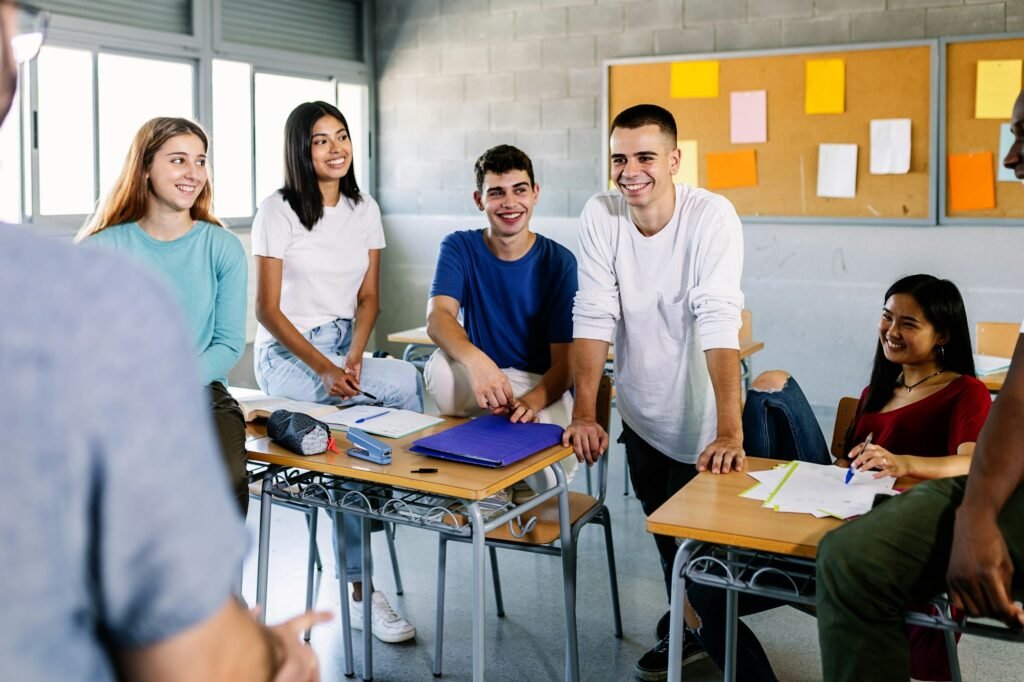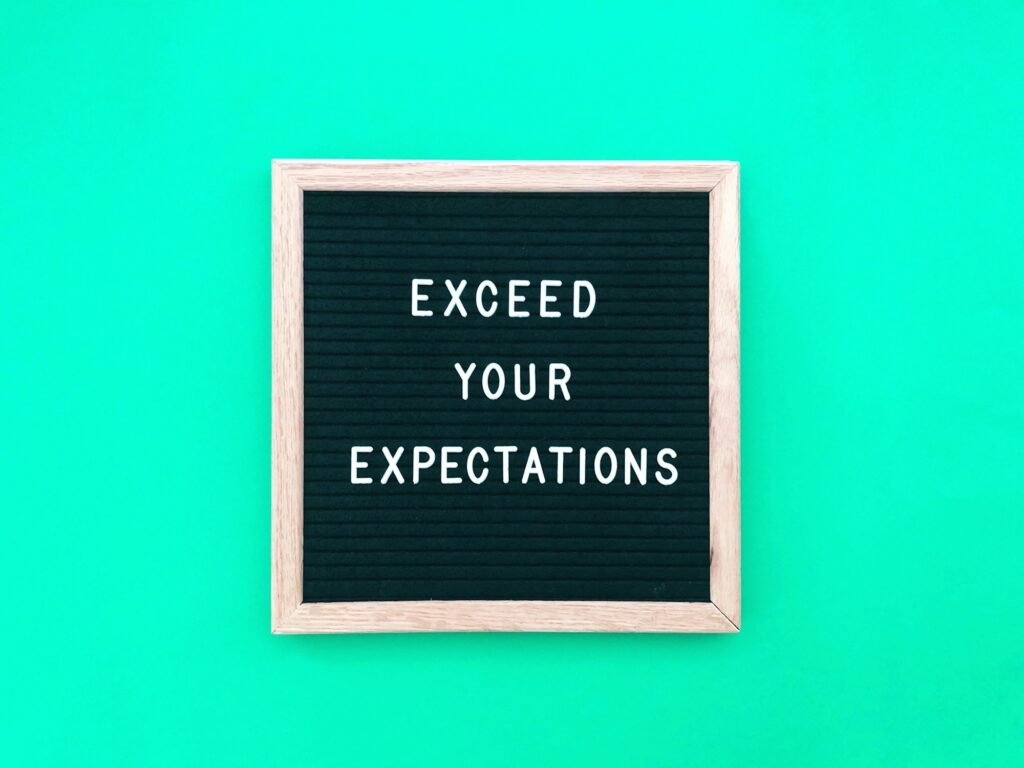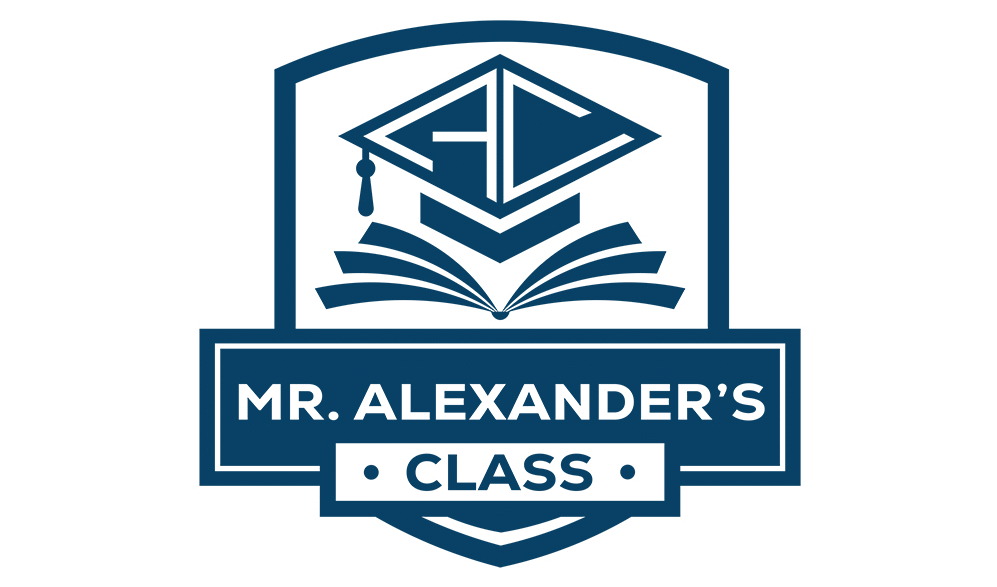Creating a positive classroom environment is crucial for fostering student engagement, motivation, and academic success. Here are some effective strategies teachers can implement to build a welcoming and productive classroom.

Build Positive Relationships
Warm Greetings and Farewells
Greeting students warmly by name as they enter the classroom and bidding them farewell at the end of the day sets a positive tone. This simple gesture can make students feel valued and recognized, contributing to a sense of belonging.
Learn About Students’ Interests
Taking the time to learn about students’ interests, backgrounds, and experiences helps build connections on a personal level. Understanding what excites and motivates your students can help you tailor your lessons to be more engaging and relevant.
Communicate with Parents and Guardians
Regular communication with parents and guardians builds partnerships and keeps them informed about their child’s progress. Sharing positive updates and involving parents in the learning process strengthens the support system for students.
Establish Clear Expectations and Routines

Involve Students in Creating Rules
Involving students in creating classroom rules and expectations promotes ownership and buy-in. When students help establish the guidelines, they are more likely to adhere to them and hold their peers accountable.
Reinforce Desired Behaviors
Consistently reinforce and model desired behaviors through positive reinforcement and rewards. Recognizing and rewarding positive behavior helps to establish a culture of respect and responsibility.
Develop Routines and Procedures
Developing and practicing routines and procedures for transitions, material distribution, and other classroom activities creates a structured and predictable environment. This helps minimize disruptions and maximizes instructional time.
Foster a Sense of Community and Belonging
Use Icebreakers and Team-Building Activities
Icebreakers, team-building activities, and collaborative learning opportunities promote bonding and inclusivity. These activities help students get to know each other and build a supportive classroom community.
Celebrate Accomplishments and Diversity
Celebrate students’ accomplishments, cultural backgrounds, and unique perspectives. Recognizing and valuing diversity enriches the learning experience and helps students feel seen and appreciated.
Create an Inviting Physical Space
An inviting classroom environment can make a big difference in how students feel about being in your classroom. Display student work, decorate with motivational messages, and arrange the space to be comfortable and conducive to learning.

Promote Student Engagement and Autonomy
Plan Interactive Learning Activities
Interactive, hands-on, and student-centered learning activities cater to diverse learning styles and keep students engaged. Incorporating activities that require students to actively participate helps maintain their interest and enthusiasm.
Provide Choices in Learning
Giving students choices and opportunities to have a voice in their learning process fosters autonomy and investment. Allowing students to choose topics, projects, or methods of demonstrating their knowledge can increase motivation and ownership.
Encourage Risk-Taking and Growth Mindsets
Encouraging risk-taking and celebrating mistakes as learning opportunities promotes a growth mindset. Praise effort and perseverance to help students understand that growth comes from trying new things and learning from failures.
Maintain Respect and Positivity
Model Respectful Communication
Modeling respectful communication and active listening in your interactions with students sets a standard for classroom behavior. When students see respect in action, they are more likely to emulate it in their interactions.
Address Conflicts Constructively
Address conflicts and challenging behaviors promptly and constructively. Focus on finding solutions rather than imposing punishments. This approach helps students learn from their mistakes and improve their behavior.
Stay Calm and Approachable
Remaining calm, patient, and approachable, even in stressful situations, helps maintain a positive classroom atmosphere. Students are more likely to come to you with problems or concerns if they know you will respond calmly and supportively.
Stay Current and Reflective
Learn About Effective Strategies
Continuously learning about effective classroom management strategies and educational research keeps your teaching practices fresh and informed. Stay updated on the latest in education to bring new ideas and approaches into your classroom.
Seek Feedback
Seeking feedback from students, colleagues, and administrators helps identify areas for improvement. Regularly asking for and reflecting on feedback can provide valuable insights into what is working and what might need adjustment.
Reflect on Your Practices
Regularly reflecting on your own teaching practices and making adjustments as needed helps ensure you are meeting the needs of your students. Self-reflection is a powerful tool for personal and professional growth.
By implementing these strategies consistently, teachers can create a positive classroom environment that fosters a love for learning, promotes social-emotional growth, and sets students up for academic success. For more insights and tips on integrating technology into your teaching, check out the rest of our blog posts and visit our store. Happy teaching!



